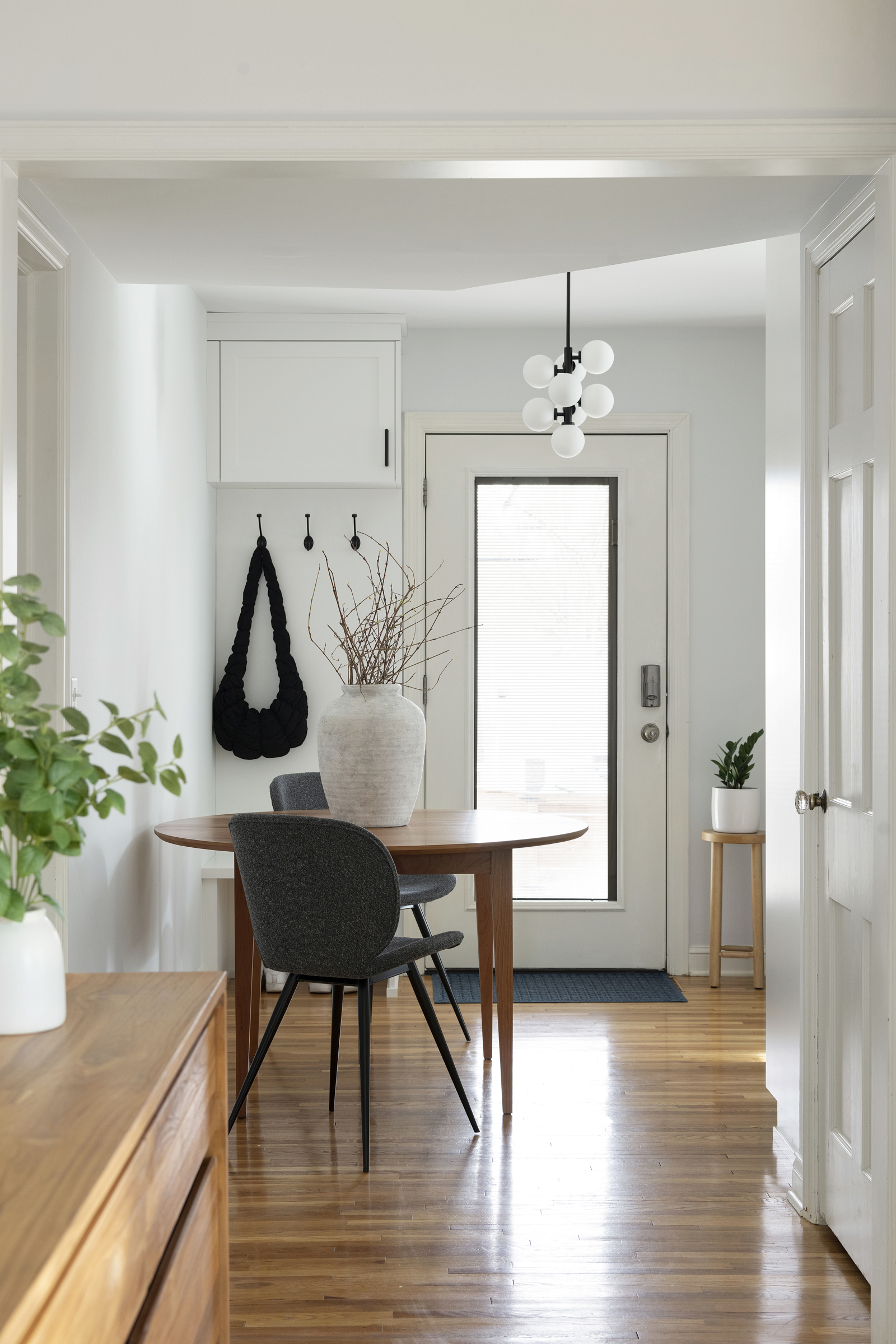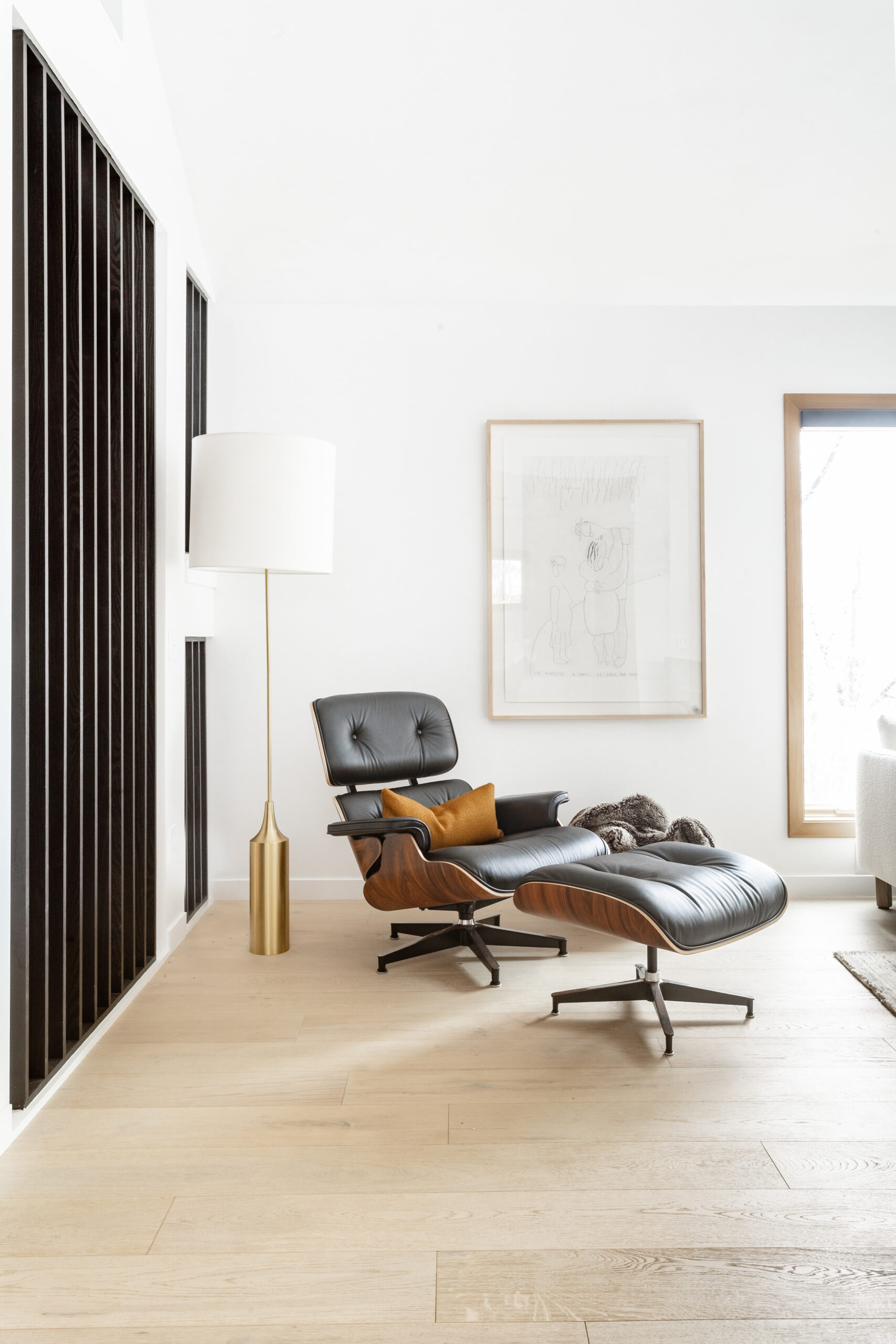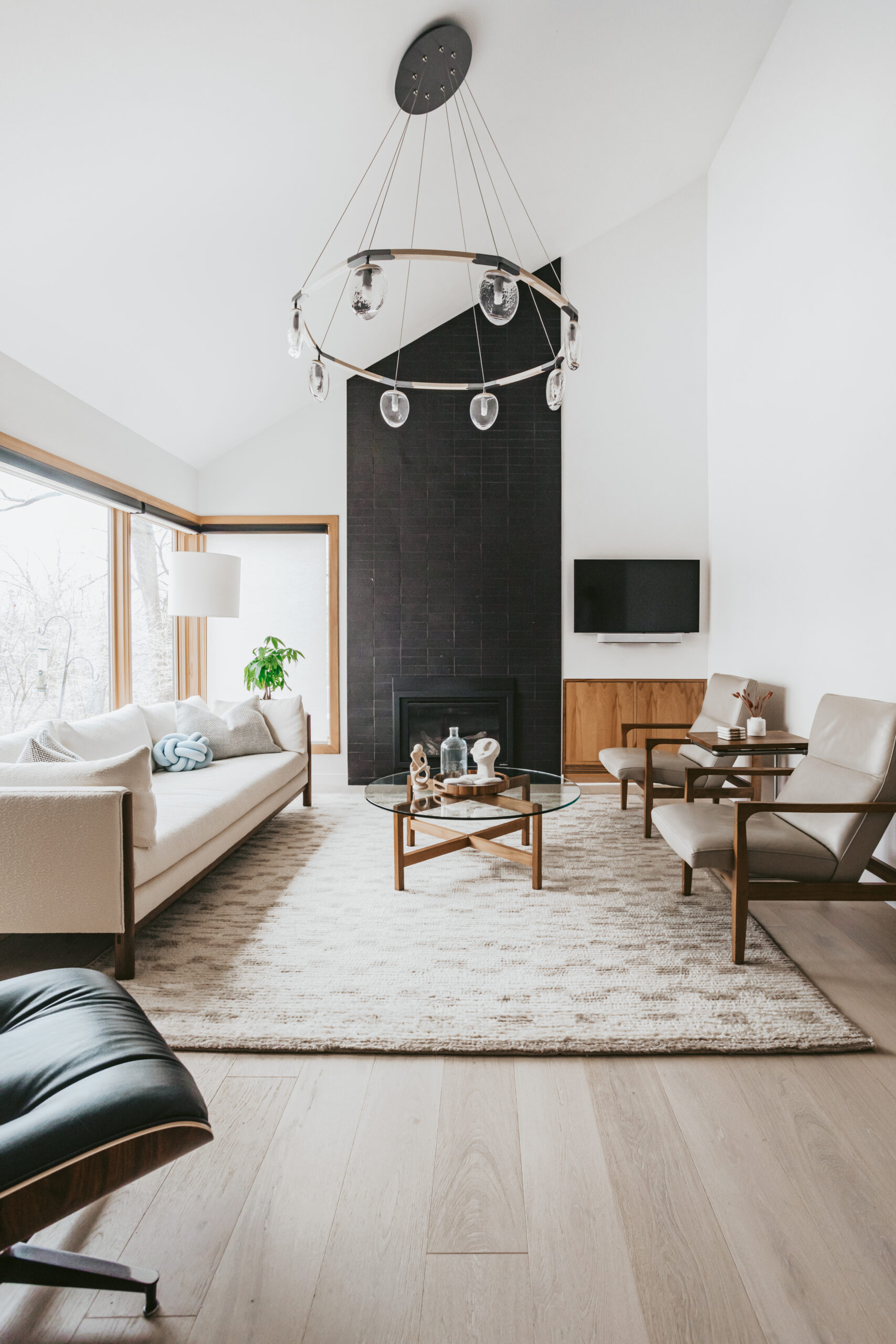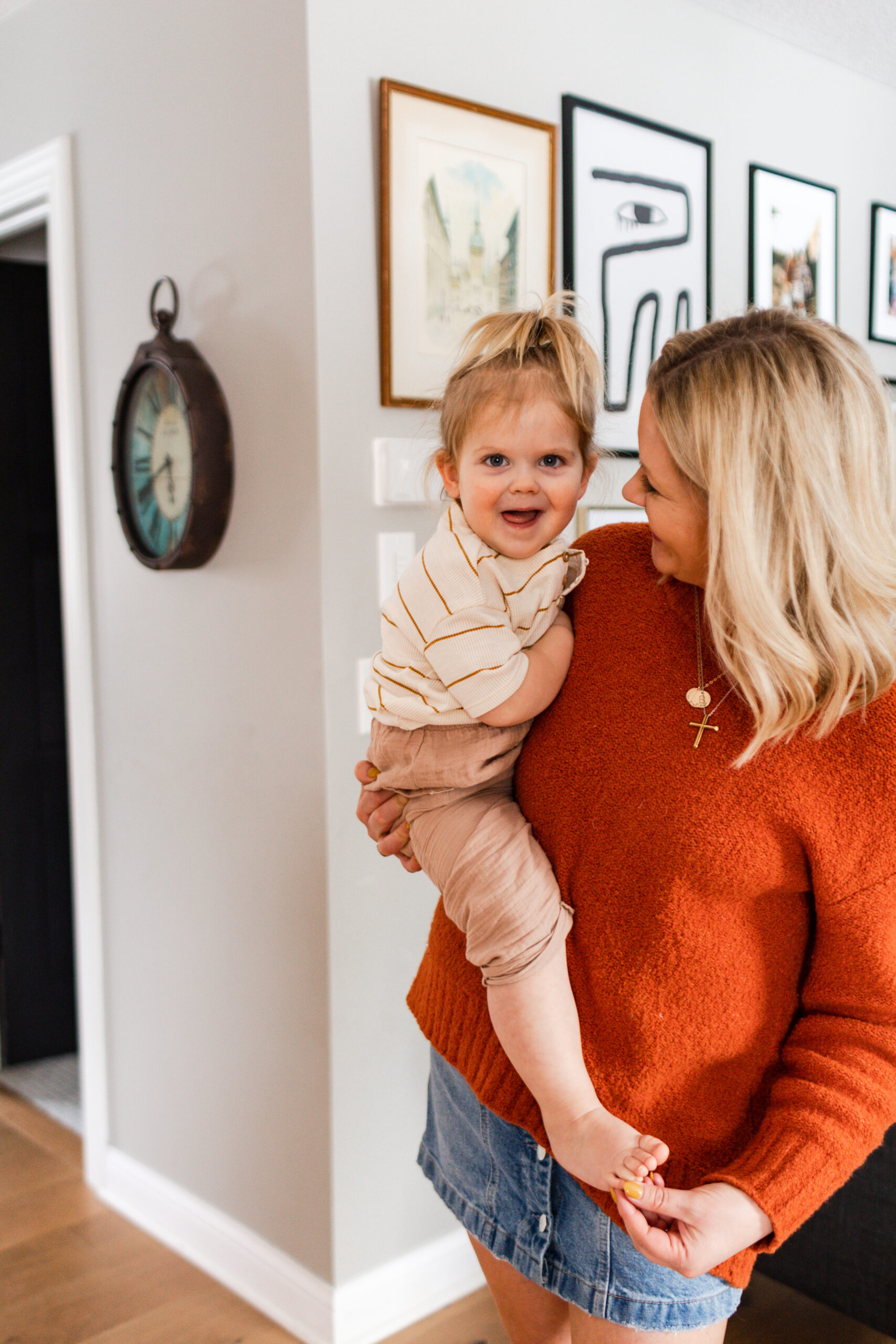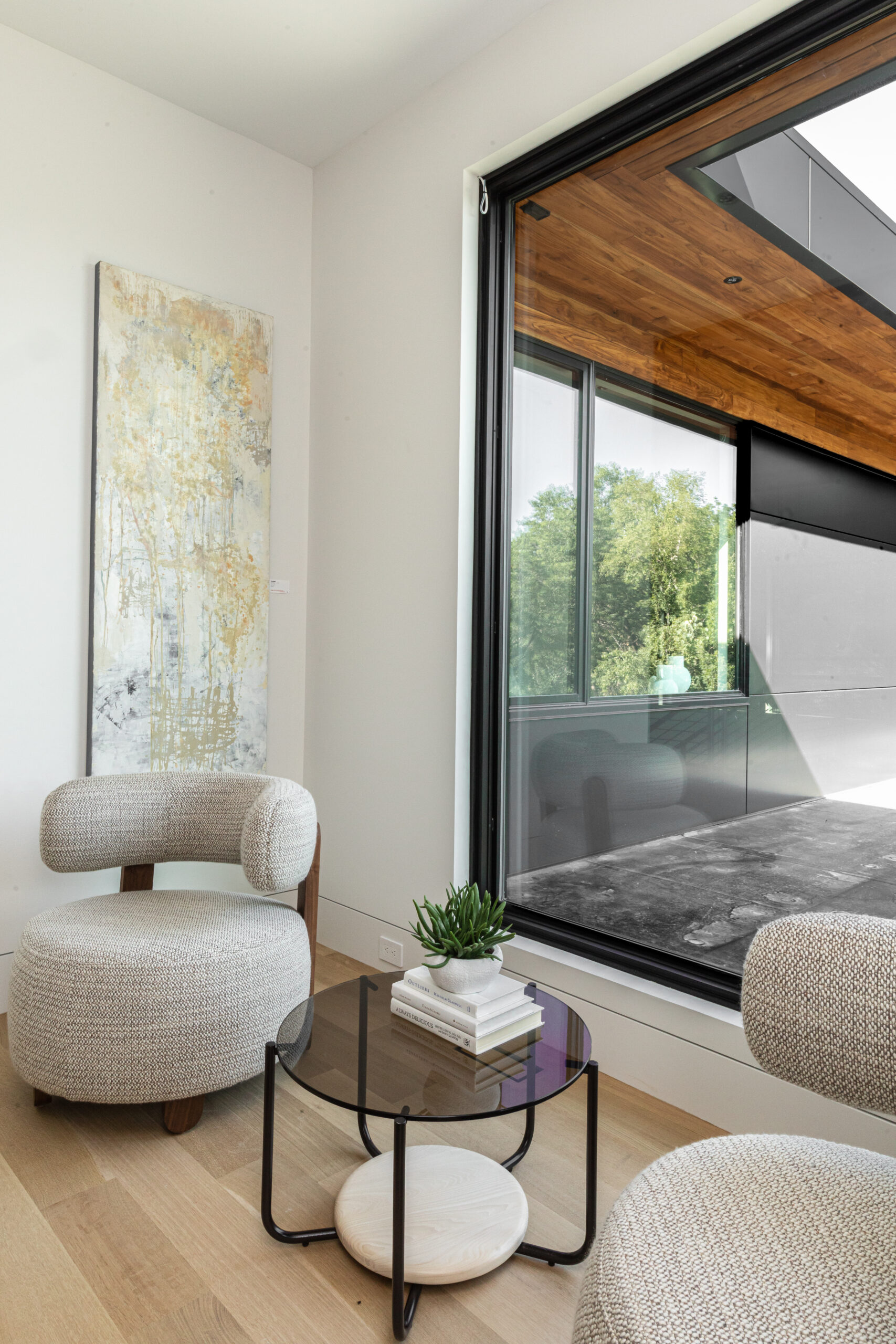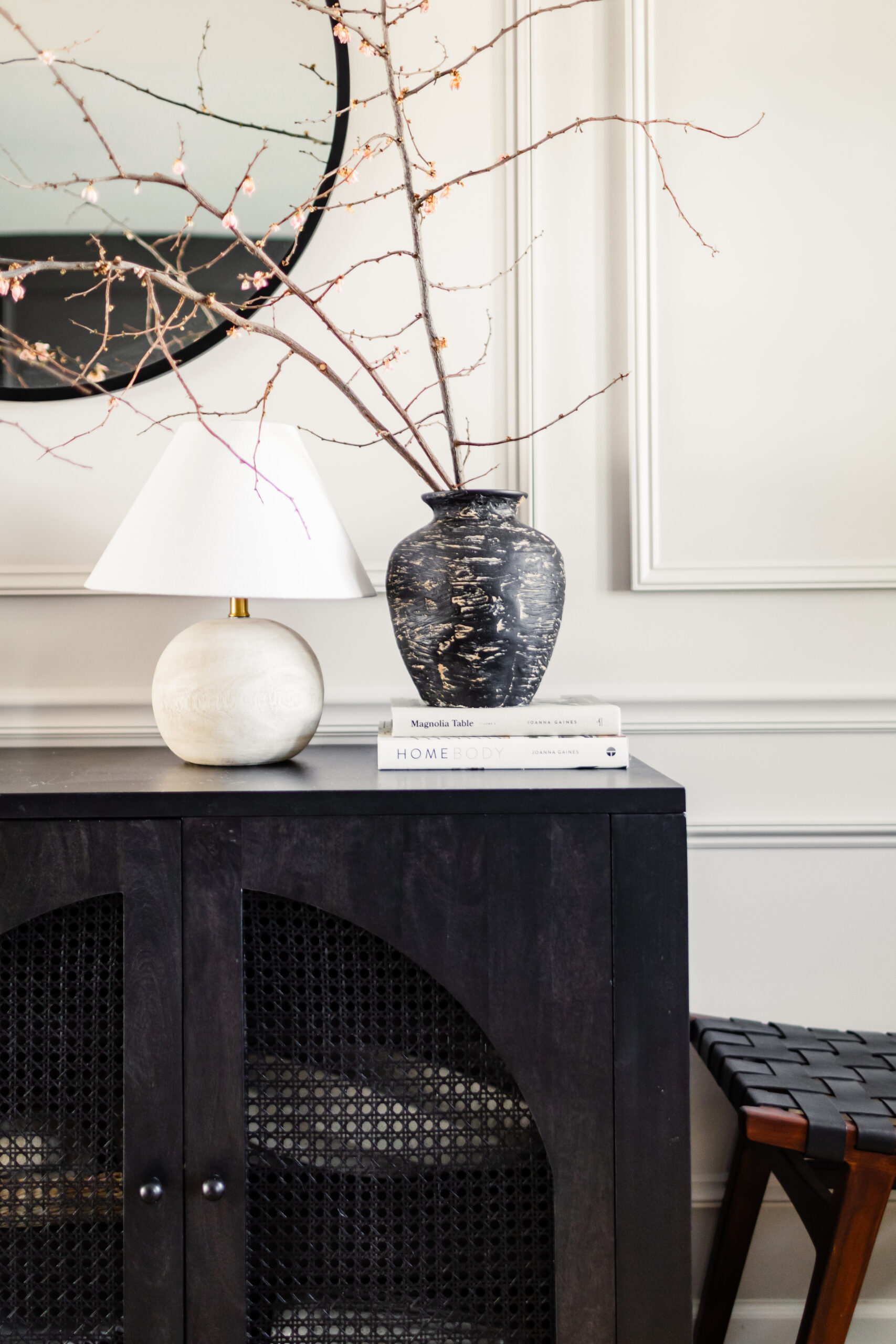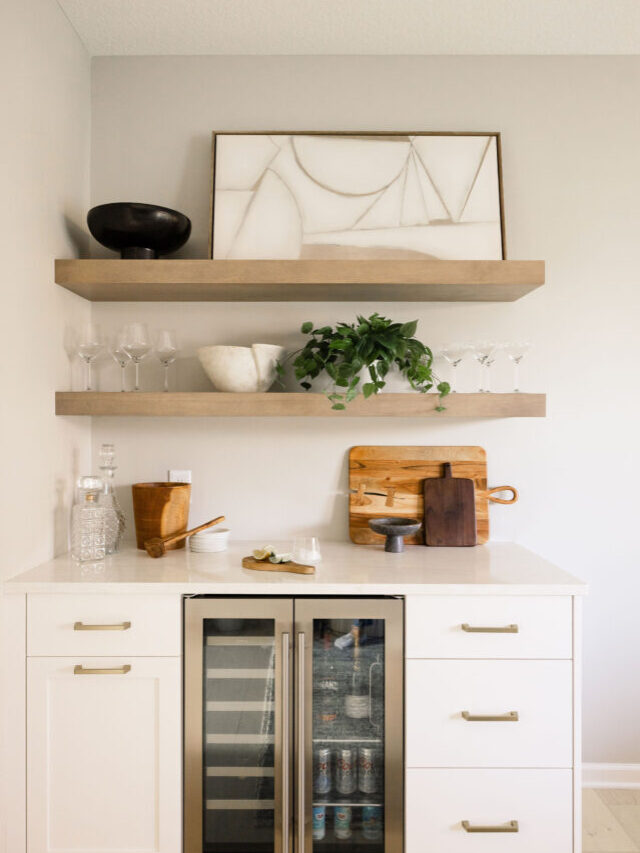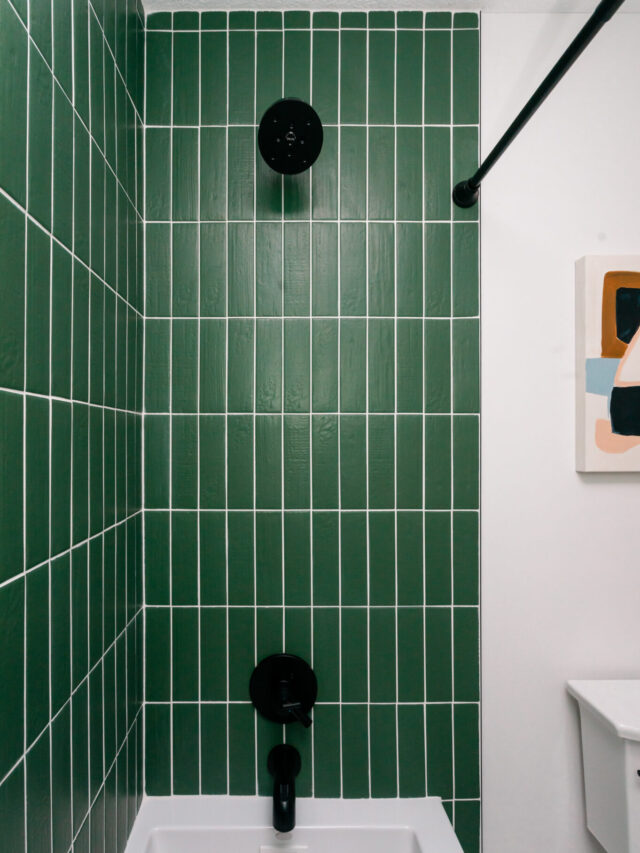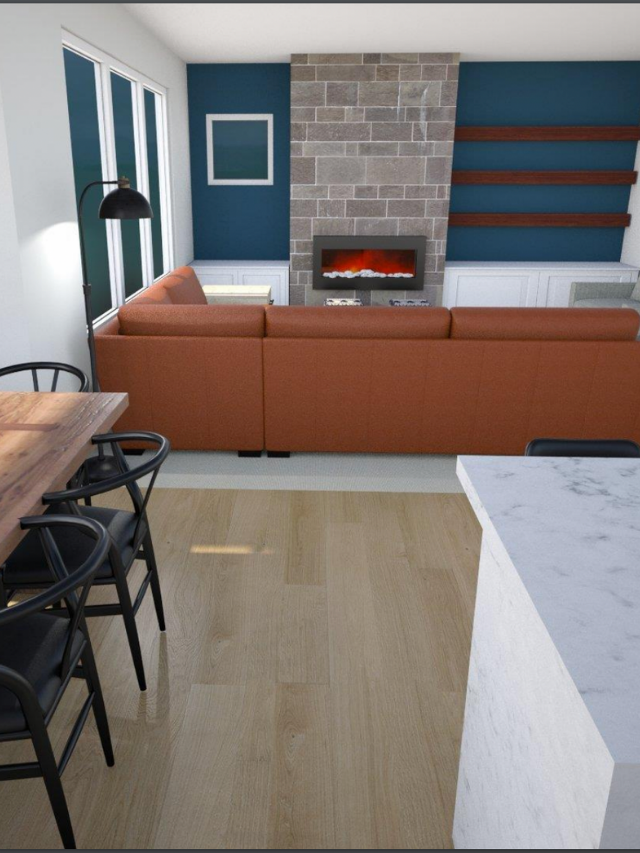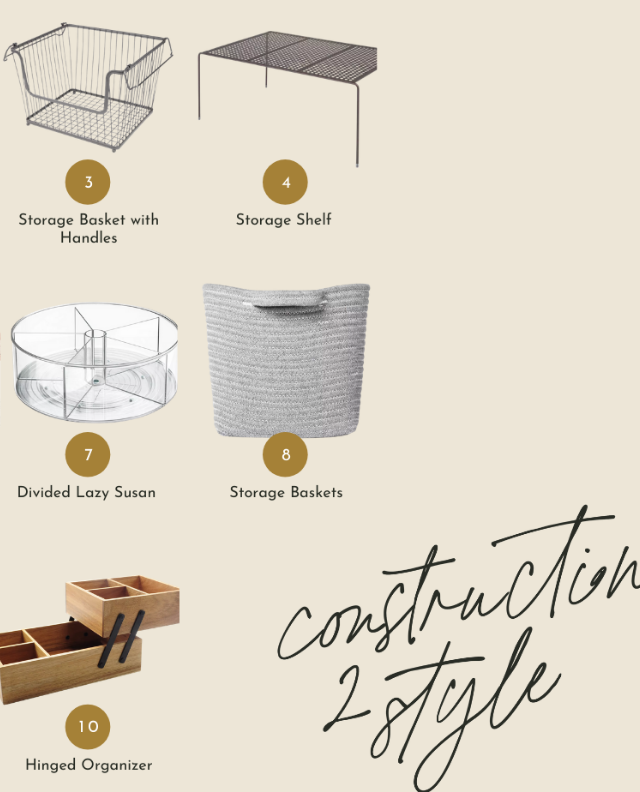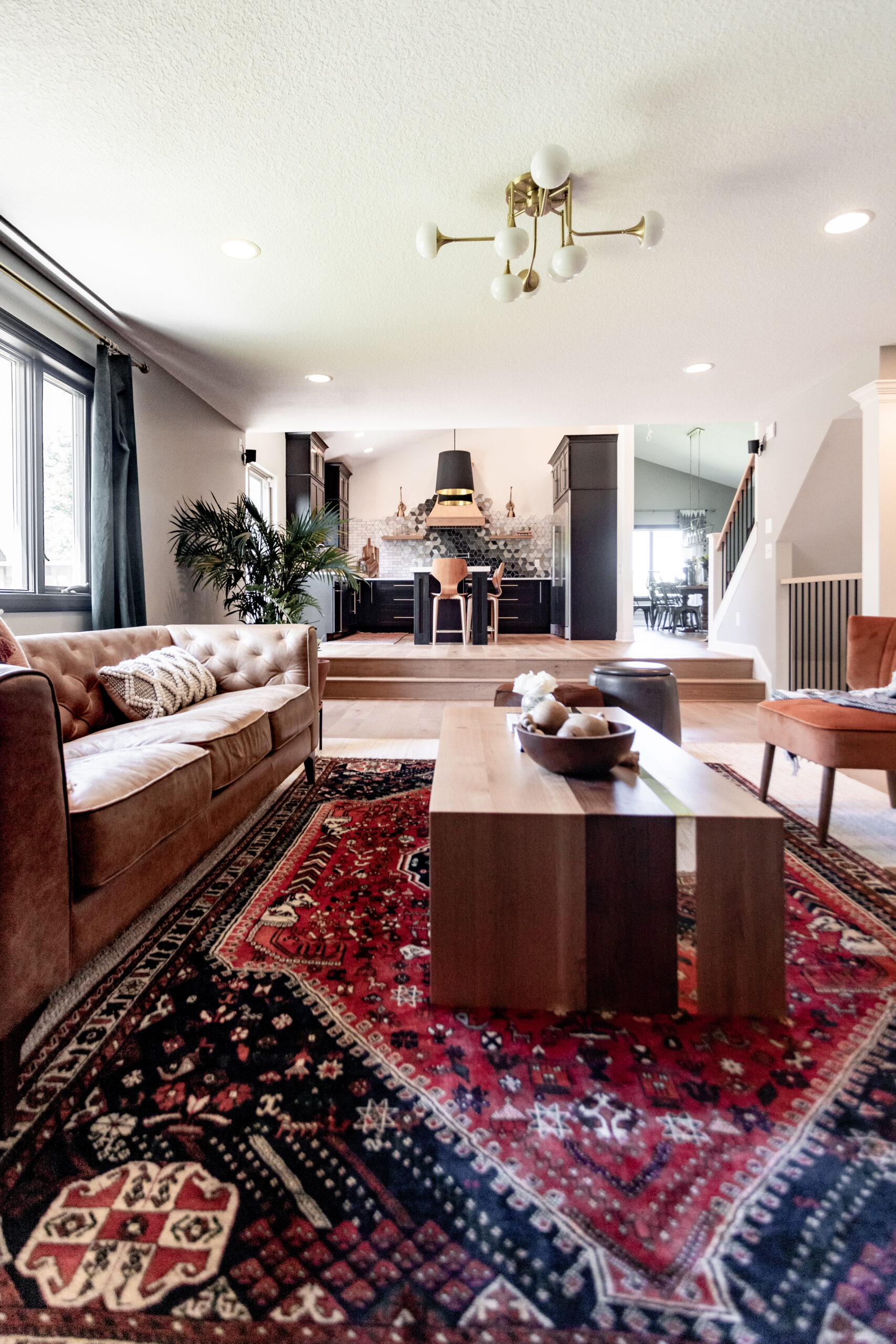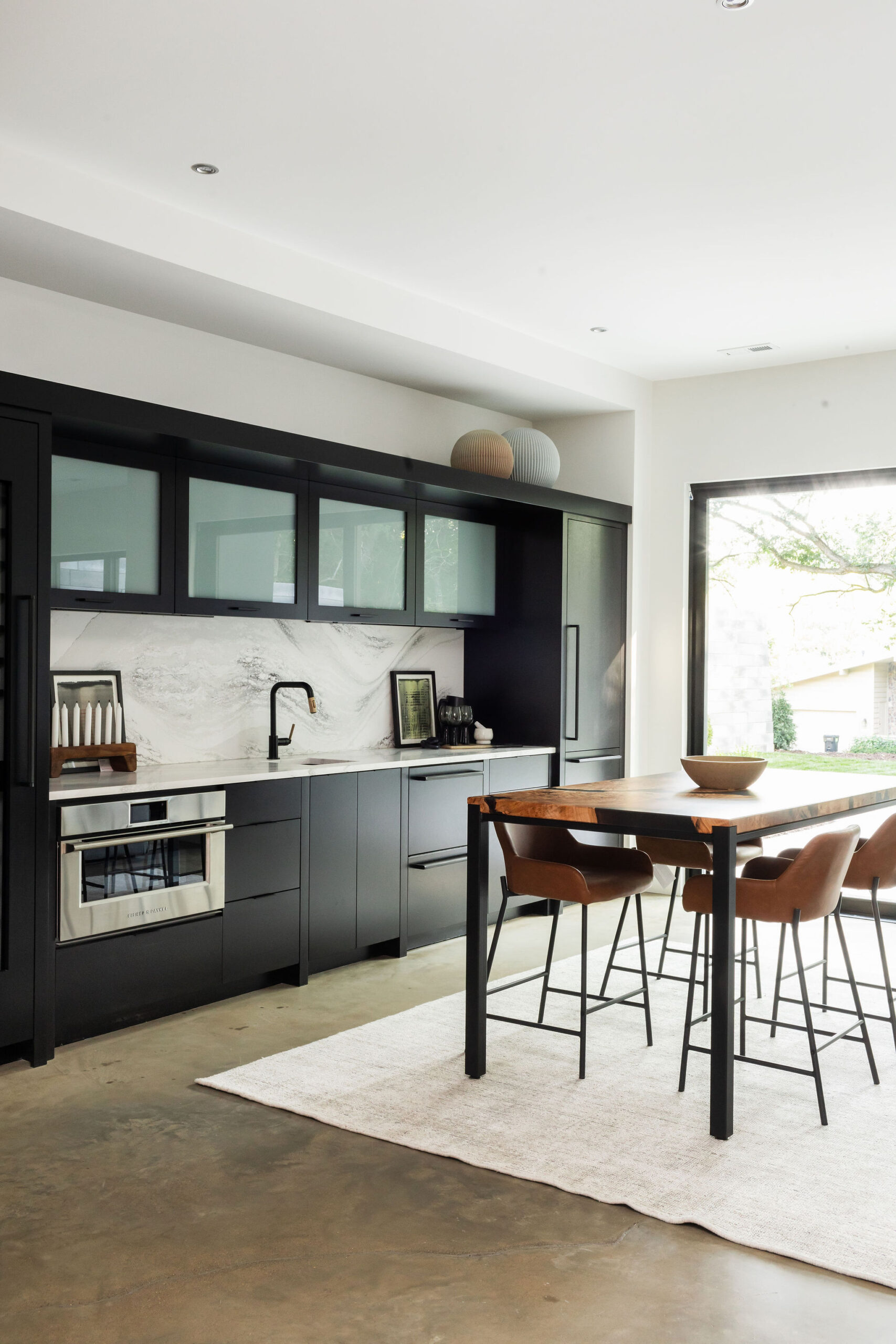
What is Scandinavian minimalism, you may ask?
The best way we could describe it is to say that it’s a trend inspired and driven by regional fashion and tendencies of the Scandinavian countries; Nordic minimalism celebrates functional decor and furniture with a lot of whites, splashes of black, different woods, and occasional pops of color, like yellow or orange. The main emphasis is on blues, grays, and other cool neutrals that are used to complement the white walls. It is all about simplicity, practicality and necessity.
In the 50s, Scandinavian minimalism went beyond its roots and gained more of a global definition. It has penetrated interior design, architecture, and lifestyle as a whole.
History of Scandinavian Minimalism
This lifestyle emerged in the early 20th century, and flourished in the 1950s throughout the five Scandinavian countries: Denmark, Finland, Norway, Sweden, and Iceland. Heavily influenced by surrounding nature, Scandinavian design boasts of leather, fur, metal and wood as its main ingredients.
The key features of Scandinavian Minimalism are clean lines, simplicity of life and natural elements that are properly integrated into home design and are truly essential.
Historically, due to the severe climate and lack of natural light in Scandinavian countries, people started gravitating towards open and airy spaces in order to encourage the light to spread. Moreover, if you analyze Nordic minimalism in the interior design, you will notice that everything that was selected for a space, involved major consideration and is usually displayed in a very organized way.
Minimalism in Europe and the US found its existence in the early 20th century. In fact, the word itself was first used to describe art post-World War II: the visual art, stripped down to its essential forms or structures.
In recent years, minimalism has grown wildly popular as a lifestyle movement, mostly in the United States. Whether in response to tightening budgets, the pressure of fast-paced life and work, or a simple desire for more meaning and less stuff, many of us have embraced minimalism. You can see it in the interiors around you. It’s a way to find joy, peace, and purpose.
Fingerprints of Minimalism in Interior Design
Minimalism gave birth to many great things in home decor: white surfaces, floating shelves, platform beds, sophisticated sculptures, and furniture pieces with simple legs. A bright example that might come to mind right away is Arne Jackobson’s famous egg chair and swan chair. Both were designed for a Radisson hotel in Copenhagen, and neither of the chairs has straight lines. They later gained worldwide popularity.
Residing in Minnesota often means carrying a rich Scandinavian heritage, a fact that my sister-in-law Morgan and my husband Noah, like many others, proudly embody. The influence of Scandinavian features, design, cuisine, and even occasional phrases has deeply permeated this region of the United States, becoming an integral part of our lives and a source of pride.
Many family cabins were built by pure Swedes and Norwegians, who brought their architectural preferences all the way from their home lands. They painted their cabinetry to create a little piece of Sweden in the Midwest, hand-made Christmas ornaments and toys for their children and grandchildren, sewed and embroidered kitchen towels and tablecloths, and cooked foods they missed.
First-generation immigrants didn’t have much and were driven by the optimization of space. They continued using maple, oak, or birch, leather, fur, and metal as their main interior design pillars.
Scandinavian countries carry distinct cultural characteristics influenced by their history that lingered and impacted home design. When I think of Scandinavian minimalism I think of that humble elegance.
If you have visited Scandinavian countries, you are well aware of their long winters, need for bright light and open spaces due to the lack of daylight time.
Natural light has a power to change a look of any space and impact the present colors. That’s why if you live in Finland, you would rarely display a piece of art you brought from a resort in St. Maarten, because it just wouldn’t look as good.
From all my trips to Northern Europe, I can confidently say that by and large these countries gravitate towards muted colors. It’s a lot of soft grey and blues and an occasional pink or pure green that serve as added accent colors.
Have you heard of Hygge? It’s a concept deeply ingrained in Scandinavian, particularly Danish culture. Hygge (pronounced “hoo-guh”) is a term that the best can be explained as “creating level of coziness that leads to the feeling of contentment and well being”. Some will say that its direct translation is “cozy”. However, it is closer to the English word “hug” as in to comfort and console someone with a hug. The Danish associate this term with relaxation and consider it to be a part of their cultural character. Hygge is all about the warm glow of a candle and creating environments to be able to enjoy good things in life.
The Most Iconic Scandinavian Furniture Pieces
We want to highlight some iconic Scandinavian furniture pieces to inspire you, help you shop and furnish your future home or just remind you of some vibes and ambiances you grew up with without realizing where it came from!
- Copenhagen Rocking Chair (1953)
- Arne Jacobsen’s Egg Chair (1958)
- Wegner’s Wishbone Chair (1949)
- Chieftain Chair by Finn Juhl (1949)
- Arne Jacobsen’s Swan Chair (1958)
- PH 5 Lamp by Poul Henningsen (1958)
- Coffee Table by Hans J. Wegner (1954)
- The Louis Poulsen PH Artichoke Pendant Light (1958)
- Aalto’s Stool 60 (1933)
- Finn Juhl Model 45 Easy Chair (1945)
- Alvar Aalto’s Vase (1937)
- Borge Mogensen Teak and Oak Credenza (1955)
As you can immediately see, it’s quality over quantity. In addition, at the time this furniture was rather cost-effective and subtle.
Elements of Scandinavian Minimalism in Your Home
Having looked through some of our recent projects, we are happy to share some up-to-date Scandinavian-inspired living rooms that our team got to create. I hope this inspires you and gives you a place to start.
Select lighting fixtures that are both beautiful and functional.
Create a Scandinavian-inspired gallery wall or add some functional pieces of furniture.
Natural materials play a crucial part in Nordic Minimalism, so add wood, leather, stone, wool and glass!
Create a connection to the outdoors by adding plants!
Add a cozy version of a Copenhagen Rocking Chair to your nursery!
Place raw branches in a vase to add a touch of Nordic nature. For an ultimate Scandinavian look, get a rustic or chic Danish woven stool or chair.
In Sweden, people favor balance, moderation and sustainability, and this spills out on interior design. You might have heard of their concept of “lagom”, which literally means not too much, not too little, just the right amount. This philosophy aims to bring balance into every area of everyday life.
Photo Credit: Call it Christian
This concept leads us to realize that each object in the room has a purpose, that is why it was carefully selected and purchased.
